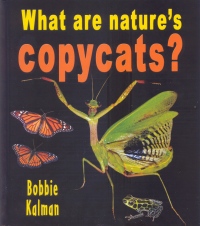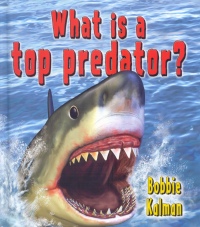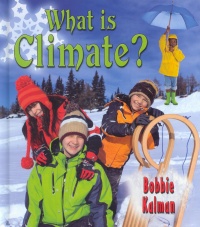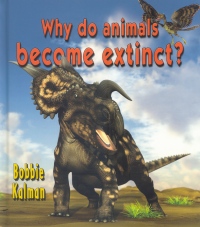| ________________
CM . . . . Volume XVIII Number 32 . . . . April 20, 2012
excerpt:
Author Bobbie Kalman has tackled some ‘big science ideas’ in these four books being added to the “Big Science Ideas” series, unfortunately with mixed results. The one exception in this review is Why Do Animals Become Extinct? The other three books would benefit from more careful editing. Each book contains a table of contents, a glossary, and an index. The text is accompanied by many colourful photographs and illustrations. My concerns about these books are about extraneous or confusing text and poorly chosen photos. What are Nature’s Copycats? explains that mimicry is a type of camouflage. Many colourful photos show animals mimicking leaves, flowers, sticks and other animals. The last section of this book is a double page activity titled “Which are the mimics?” Answers are provided upside down in a box at the bottom of the page. Most of the content of this book works well to identify and explain “nature’s copycats.” More careful editing would have eliminated unrelated information.
What is a Top Predator? is not recommended. My main complaint about this book is the choice of photos and illustrations. For example, the image on the cover is of a shark showing many teeth and blood around its wide-open mouth. I suspect this is a computer generated image, but, if it is a photograph, it isn’t a very good one. Either way, it is overly sensationalistic. Worse is the inserted photo that accompanies this statement.
The inserted photo seems to show a leopard supporting itself over a tree branch at the bottom of the photo. Extending down from the top of the photo are four legs with the label “antelope”. Nothing else, just legs hanging in mid air from the top of the photo. Perhaps some antelopes can fly. It is hard to tell from this photo. Again, more careful editing should have noticed that rainforest is spelled “rainforest” in the page heading “Rainforest to predators”, and “rain forest” in the body of the text. Confusing text would also have benefitted from better editing.
There is no logic to this statement. What is Climate? includes an explanation of how the tilt of the earth creates four seasons. The text and illustrations are clear and age appropriate. Photos include children from a diversity of races. The book ends with suggestions for simple actions that young readers can take to reduce their carbon footprint. Although this book would also benefit from some better editing, it is minor. If you need another book on climate at the primary level, you might consider this one.Why Do Animals Become Extinct? is the most successful of the four books in this review. It begins with a simple explanation of extinct (EX), extinct in the wild (EW), critically endangered (CR), endangered (EN ), and vulnerable (VU). The book covers reasons why dinosaurs became extinct and reasons why modern day animals are endangered. A section titled “Extinction is forever” gives students several actions, such as using a glass or reusable bottle for water because “[w]ater bottles end up in lakes and oceans and have been found in the stomachs of many dead animals, including dolphins, sea turtles, and seabirds.” Why Do Animals Become Extinct? presents ”a big science idea,” why animals in the past and present become extinct, in a manner that will inform and engage young readers. This is the one book that I feel confident recommending.If you are considering purchasing books from this series, I would strongly recommend that you consider the books individually because the overall quality of the series is very inconsistent. Recommended with reservations. Suzanne Pierson, a retired teacher-librarian, is currently instructing Librarianship courses at Queen’s University in Kingston, ON.
To comment
on this title or this review, send mail to cm@umanitoba.ca.
Copyright © the Manitoba Library Association. Reproduction for personal
use is permitted only if this copyright notice is maintained. Any
other reproduction is prohibited without permission.
NEXT REVIEW |
TABLE OF CONTENTS FOR THIS ISSUE
- April 20, 2012.
AUTHORS |
TITLES |
MEDIA REVIEWS |
PROFILES |
BACK ISSUES |
SEARCH |
CMARCHIVE |
HOME |



